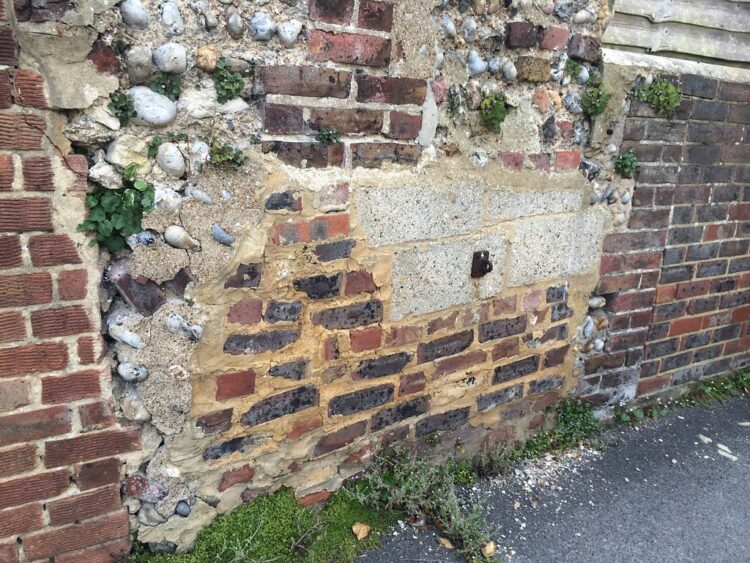
Most homeowners walk past the same spots every day without noticing what’s quietly breaking down. A house doesn’t usually fall apart overnight. It happens in slow motion through small problems that get ignored until they aren’t small anymore. The unsettling part is how normal everything looks right up until something finally gives out. Most disasters start with things people could’ve caught if they’d been watching.
Drip Under the Sink

Water finds its way into places it shouldn’t be. A slow drip under the kitchen sink might seem harmless at first. Maybe someone puts a bowl there to catch it and forgets about it for weeks. But moisture soaks into the cabinet wood and spreads to the floor underneath. Mold starts growing in the dark. The wood swells and weakens. One day, the whole cabinet base gives out, and there’s a bigger mess than expected.
Hairline Cracks in the Foundation

Concrete cracks a little as houses settle. That’s normal enough. But when those thin lines in the basement wall start getting wider or new ones keep appearing, something else is going on. The ground underneath might be shifting. Water could be getting in and freezing during winter. Those small cracks become highways for moisture, and the foundation begins to lose strength. Fixing it early costs a fraction of what it takes to stabilize a sinking house.
Outdated Electrical Panels

Older homes weren’t built for the amount of power people use now. The panel in the basement might still work fine for basic lights and outlets. But add modern appliances and electronics, and it’s working harder than it was designed to. Breakers that trip constantly are trying to prevent something worse. Wires overheat behind walls where nobody can see them. An outdated system doesn’t always announce failure in advance.
Gaps Around Windows and Doors

Air leaks seem like an energy bill problem and nothing more serious. But those gaps also let moisture seep in. The wood trim around a window absorbs water when it rains. It expands and contracts with temperature changes. Rot sets in gradually and spreads to the frame and wall structure. By the time someone notices the damage, the repair involves more than weatherstripping.
Clogged Gutters Backing Up
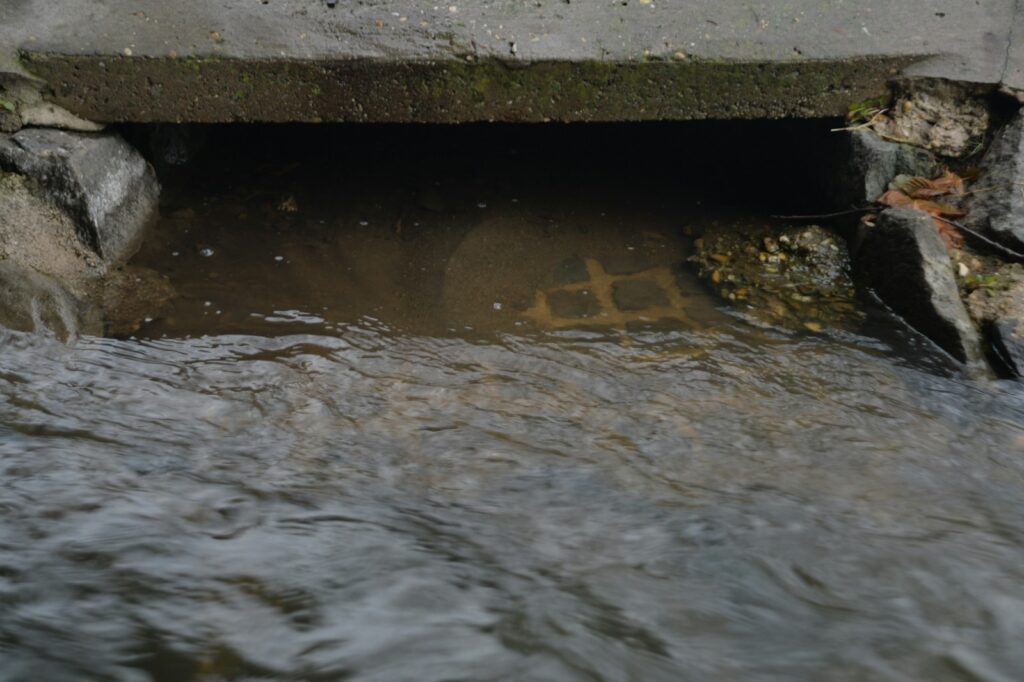
Gutters fill up with leaves every fall and sit there forgotten until the next rain, when water has nowhere to go except over the edges and down the house. The constant overflow soaks the soil next to the foundation, keeping it saturated enough to put pressure on the basement walls, eventually finding weak points that let water seep in. A clogged gutter turns every rainstorm into a threat to the foundation.
The Ignored HVAC Filter
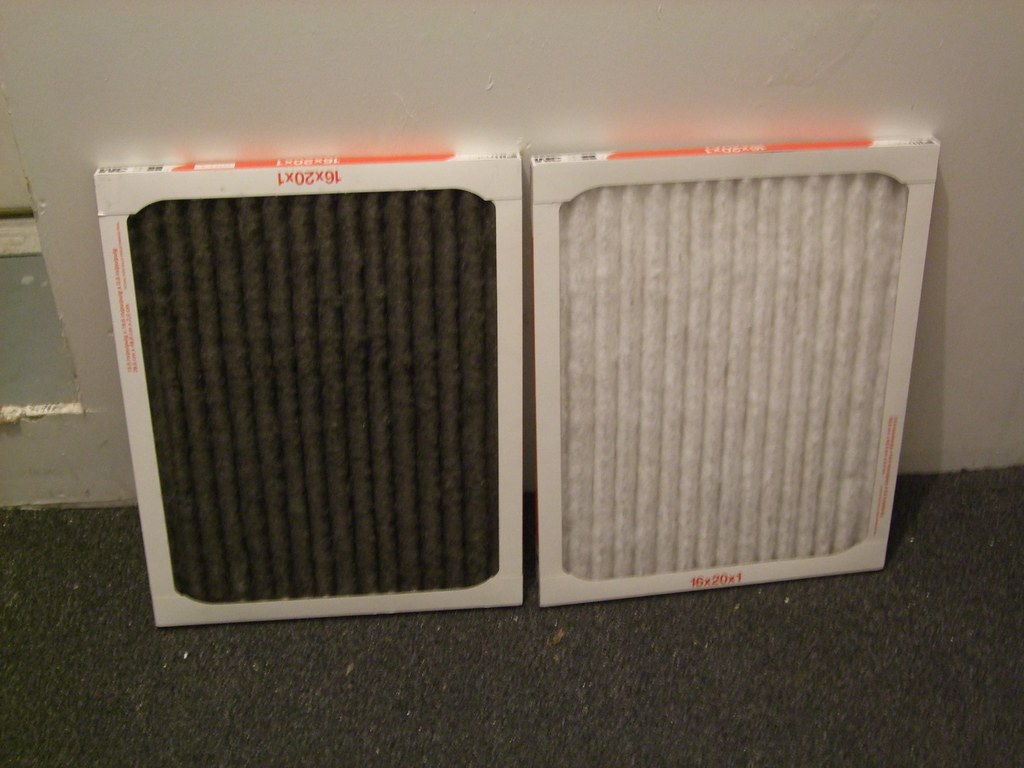
Most people will skip changing the air filter for months. But dust and pet hair accumulate, eventually clogging the filter. The system has to work harder just to pull air through. Motors wear down faster under that strain. Performance drops while energy bills climb. When something finally breaks, the cost of a new system makes that forgotten filter seem significant.
Carbon Monoxide Detector Batteries
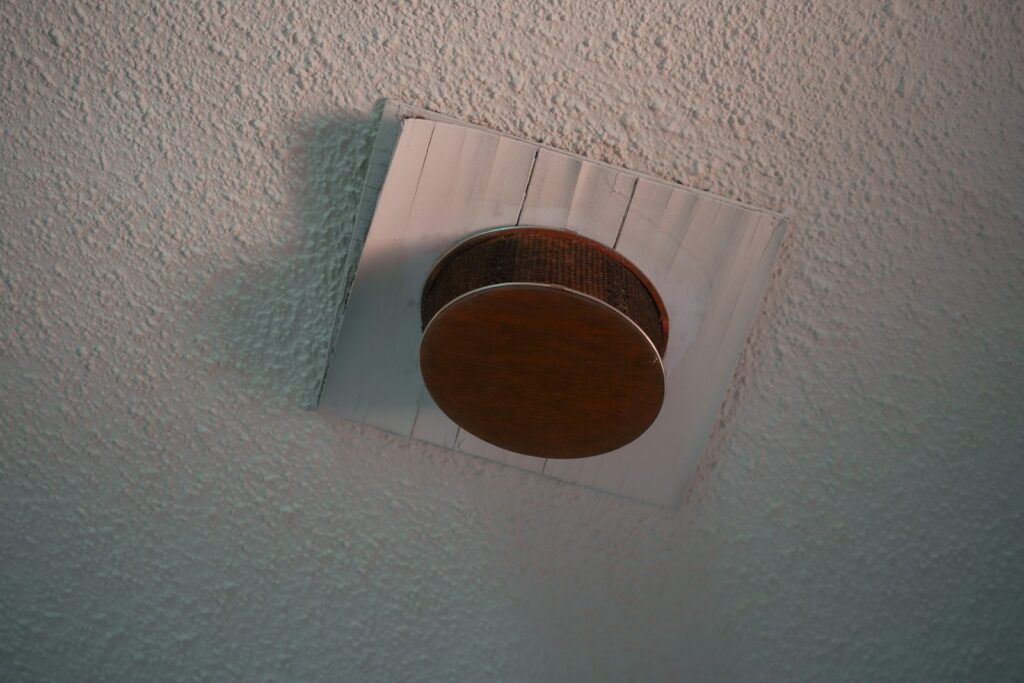
Most people remember to test their smoke alarms, but forget about the carbon monoxide detector sitting on the wall, with batteries that slowly die until that annoying chirp finally starts. Carbon monoxide doesn’t give any warning on its own since it has no smell or color, making a working detector the only defense in homes with gas appliances or attached garages where exhaust can seep inside without anyone realizing what’s happening.
Tree Roots Growing Too Close

A big tree in the yard provides great shade and looks beautiful from above ground, but underground, those roots spread outward searching for water without caring whether they’re growing through soil or wrapping around plumbing lines and foundation walls. The damage accumulates so gradually that homeowners never connect the tree to their plumbing problems or basement cracks, and by the time someone figures it out, repairs have become complicated.
Grout Lines Wearing Away
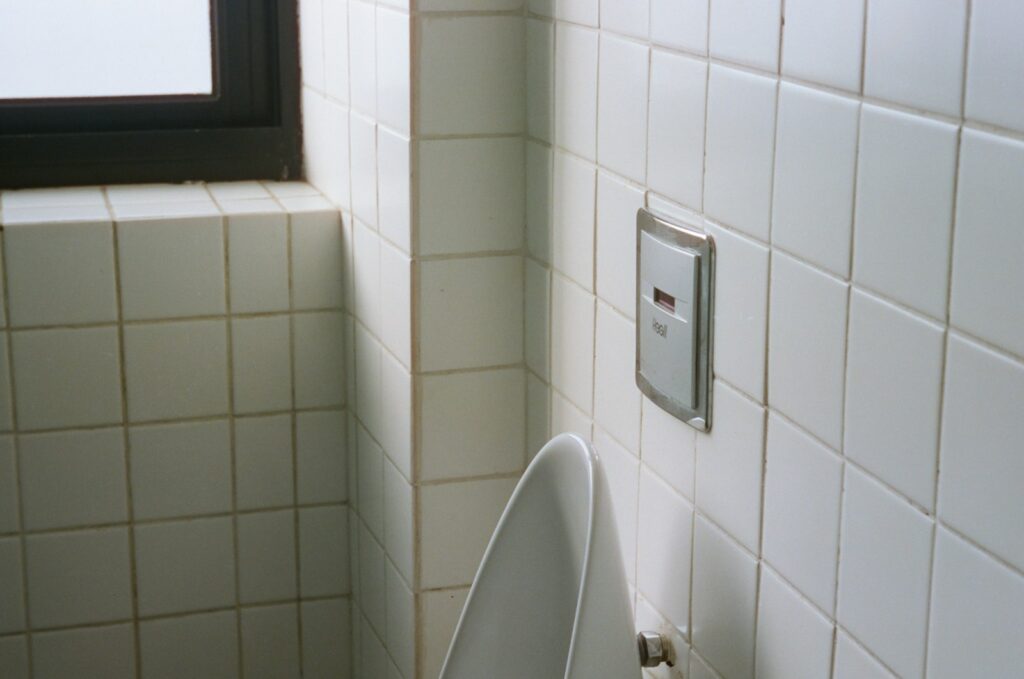
Bathroom grout gets scrubbed every time someone cleans the shower, and over the years, that friction wears it down until water starts seeping through the gaps. Once moisture gets behind the tile, it soaks into the drywall that was never designed for constant wetness, creating the perfect environment for mold to spread through areas nobody can see. By the time the tile starts feeling loose, the water damage has been building for months.
Poor Attic Ventilation
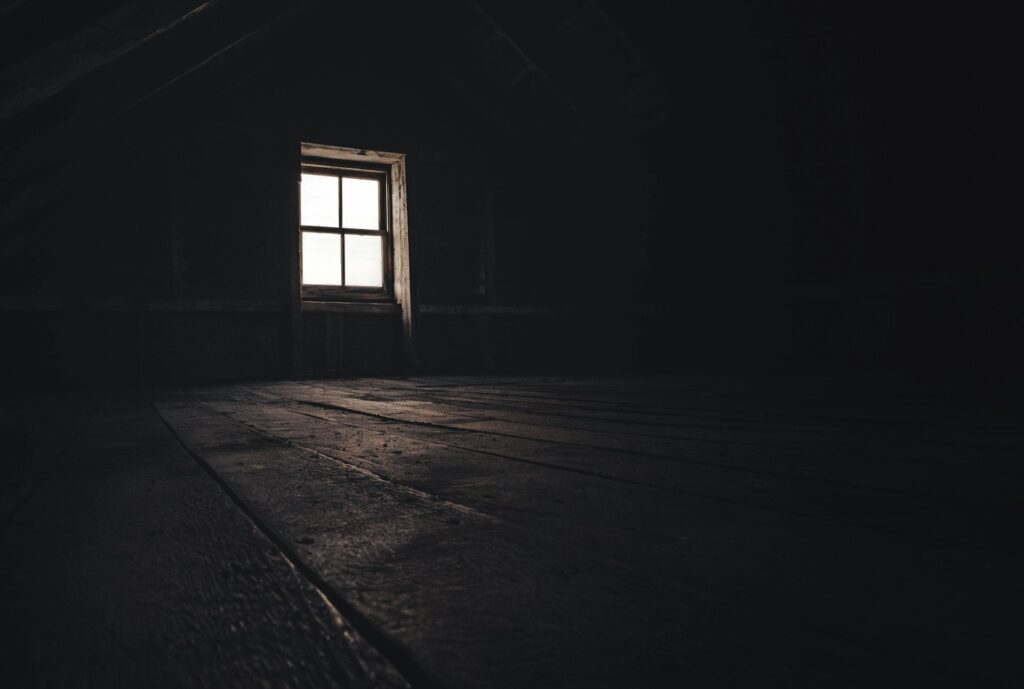
An attic without proper airflow becomes a trap for heat and moisture, with nowhere for them to escape, forcing the air conditioning to run constantly during summer just to keep up. When winter arrives, all that trapped humidity condenses on cold wood surfaces and gets absorbed into the framing and decking, slowly rotting the structure while damp insulation loses effectiveness. Energy bills climb year after year without homeowners realizing the roof might need replacing decades early.
Lint Building Up in the Dryer Vent
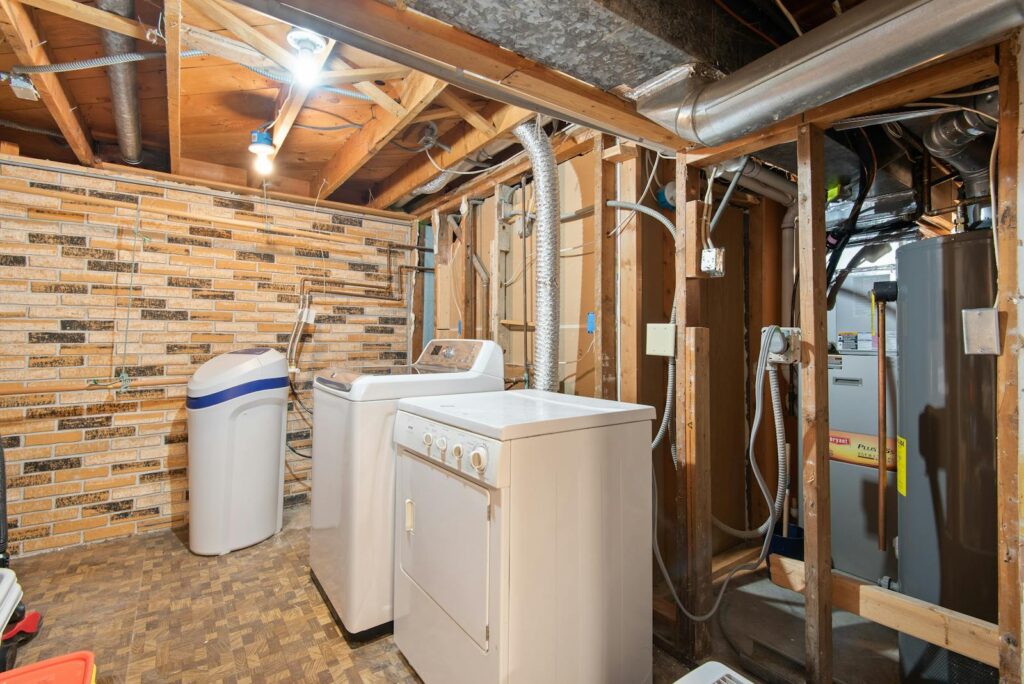
Lint traps catch most of what comes off clothes in the dryer, but not all of it. Some slips past and accumulates in the vent duct leading outside. The dryer has to run longer to get things dry. Temperatures climb higher than normal. That lint packed in the vent is waiting for the right conditions to ignite. House fires from dryers happen more than people realize, and trace back to a vent nobody checked.
A Sump Pump That Never Gets Tested
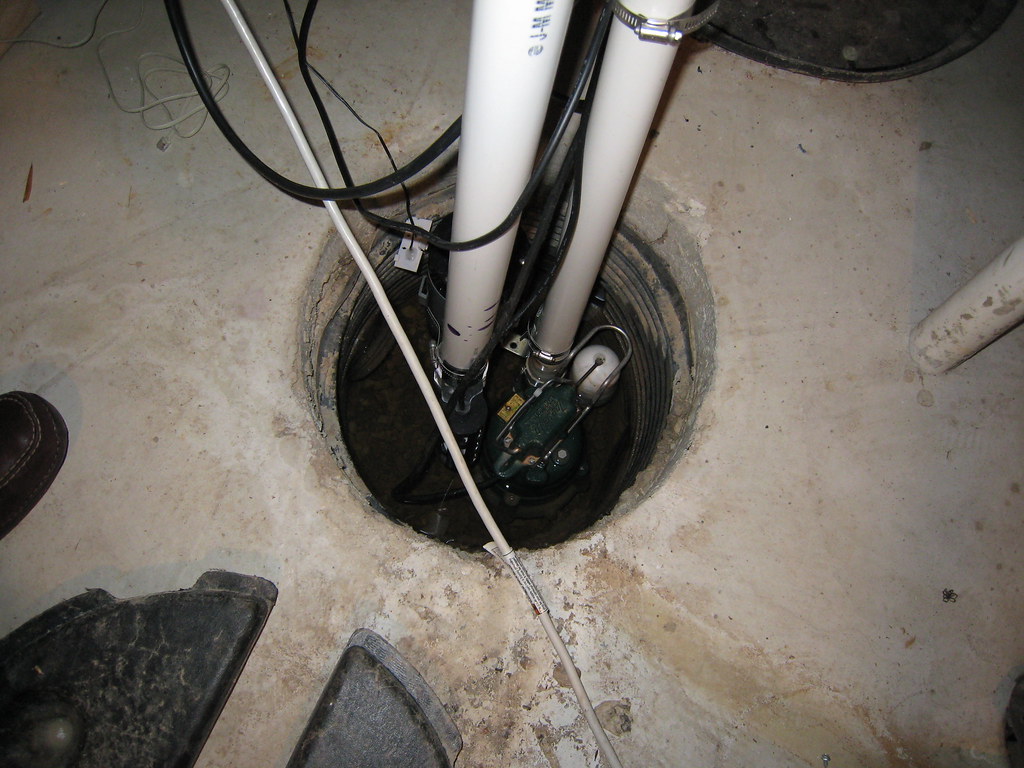
Basements with sump pumps rely on them during heavy rain. The pump waits in its pit for water levels to rise. Months or years can pass without anyone checking if it still works. A storm rolls in, and the pump stays silent. Water keeps rising. Everything stored in the basement soaks through, and the mess gets expensive to clean up and repair.
Washing Machine Hoses Left Too Long

The rubber hoses behind a washing machine don’t last forever. They sit there for years getting brittle and developing weak spots nobody sees. Most people don’t look back there until something goes wrong. When a hose finally bursts, water comes out fast under full pressure. Hundreds of gallons can flood through before anyone realizes what’s happening. The damage spreads quickly.
Failing Window Seals

Double-pane windows work because of the gas sealed between the glass layers. When those seals fail, the gas leaks out and moisture creeps in. Condensation builds up between the panes where it can’t be wiped away. The window stops insulating properly, and energy costs start climbing. The view through the glass gets foggy. New windows cost a lot, but leaving old ones means paying more every month for heating and cooling.
Ignoring Small Roof Damage
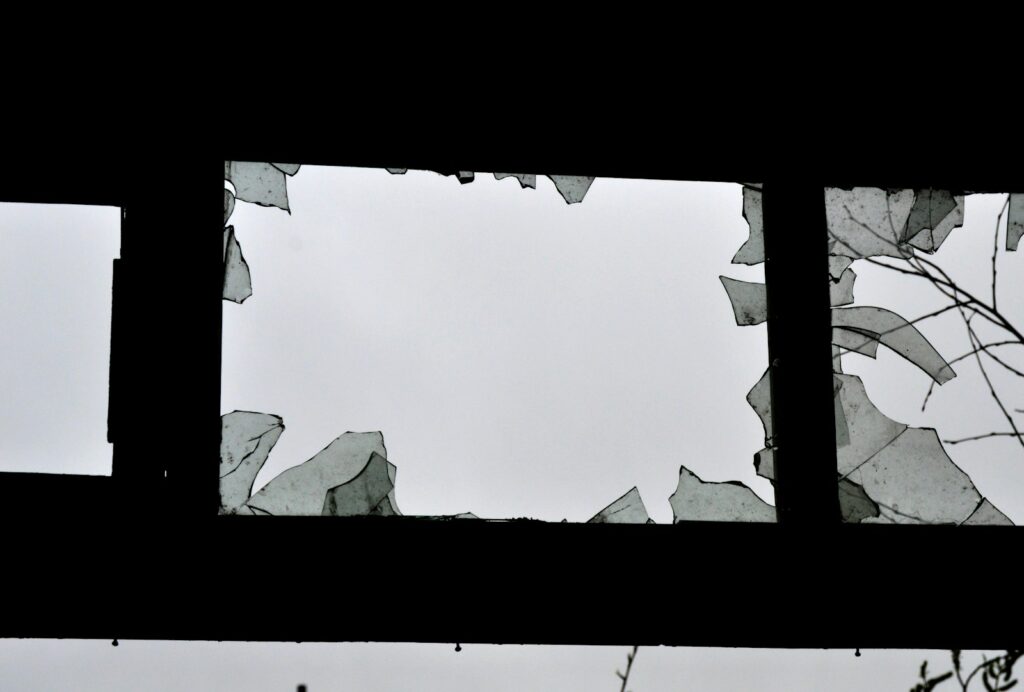
A few shingles blown off during a windstorm might not seem urgent since the roof still keeps most rain out, but that exposed spot becomes an entry point for water to soak into the underlayment and spread through the wood decking. Each rainstorm makes the damaged area larger, and by the time the leak becomes obvious inside, what started as a simple fix has turned into a bigger repair job.

